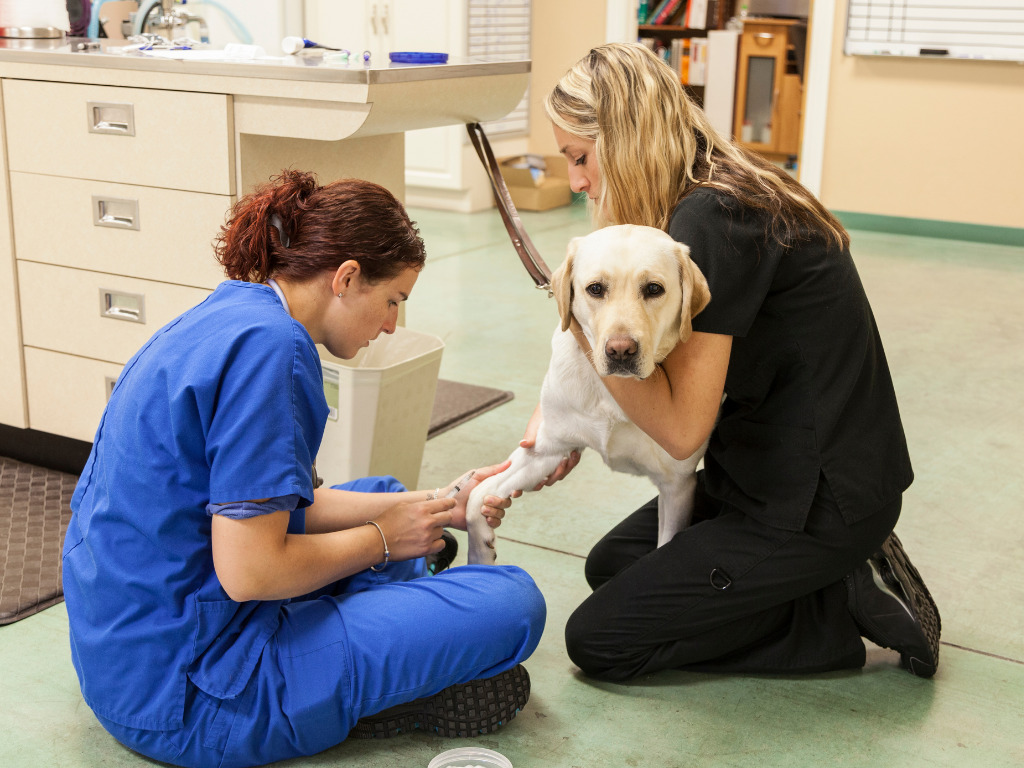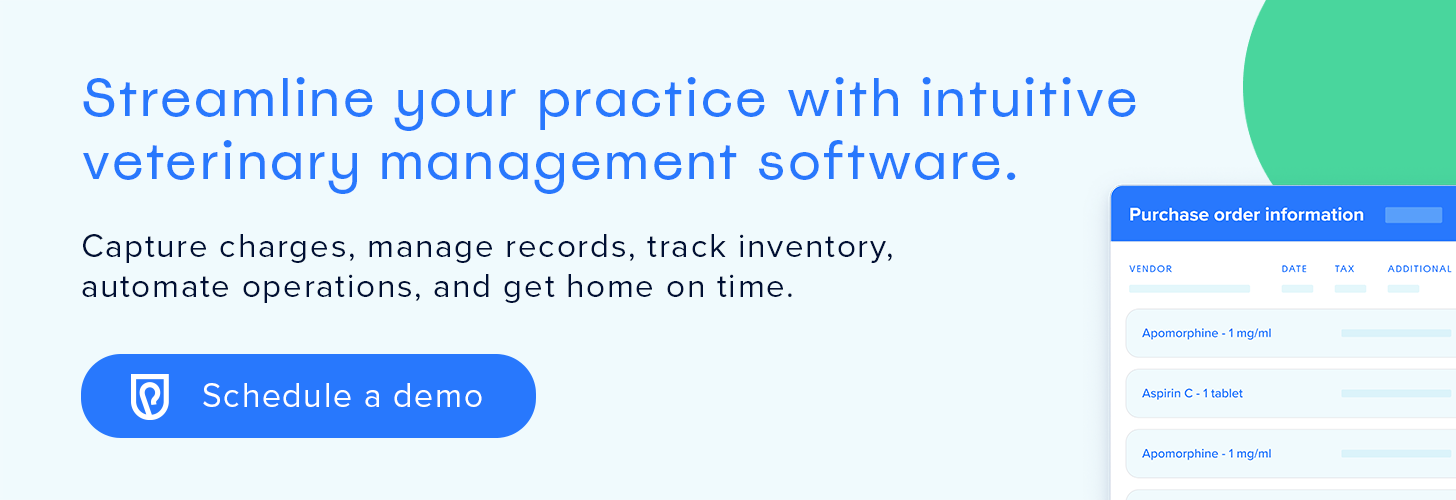Building a Safe and Supportive Veterinary Workplace Culture

Veterinary workplace culture is often overlooked but is critical to practice success. How team members feel and interact with one another at work impacts patient care, client satisfaction, and staff turnover. But, what makes a culture good, and how can your practice rise to that standard?
It starts at the top. When leadership promotes positive values and behaviors and builds a safe, trusting environment, team members can grow and contribute meaningfully. Here’s how practice leaders can actively shape a positive culture.
Psychological safety in the workplace
Psychological safety is the belief or feeling that an employee can take risks—albeit reasonable risks—at work, without fearing punishment. In a psychologically safe workplace, team members feel comfortable asking questions, admitting mistakes, and offering ideas. That security leads to creative problem-solving, collaboration, and reduced stress. Leadership can cultivate psychological safety by setting clear guidelines and rules for team interactions focused on confidentiality, non-judgmental listening, and equal but voluntary participation in discussions.
Vulnerability and trust in veterinary workplace culture
Team members who trust leadership and other team members operate on a higher level. But, to develop that trust, your team must become comfortable with vulnerability. Admitting mistakes and asking for help makes veterinary professionals vulnerable, and they must feel confident that they can count on other team members to lift them up when needed, rather than judging them for mistakes. Trust-building exercises, like sharing personal experiences or discussing goals, strengths, and weaknesses, can create unity and encourage mutual respect.
Shared values in veterinary workplace culture
Shared values are crucial for a cohesive veterinary team. When you or your predecessors started your practice, you created a mission statement and core values. But, when did you last re-evaluate them? Are you using them to guide daily practices and decisions? Forget what your handbook says. Work with your team to identify the values that resonate right now, and then use them as a framework for patient care and client interactions. Revisit your core values every few years, or after significant staffing changes, to ensure they align with your practice’s evolving goals.
Technology in the veterinary workplace
The right technology can provide valuable support when building or rebuilding a workplace culture. Efficient veterinary management software can streamline tasks, reduce administrative burdens, and improve communication. The newest cloud-based practice management systems simplify everyone’s jobs, reducing overall stress and promoting a positive, efficient office vibe. Benefits of switching to a cloud-based PIMS may include:
- Communication — Built-in messaging and task management features allow for real-time updates and improved team coordination.
- Workflows — Automated administrative tasks, efficient scheduling, streamlined SOAPs, shared whiteboards, and other built-in features free up team members to focus on emulating the practice’s shared values.
- Flexibility — Cloud-based software allows teams to work from anywhere in the practice, on-the-go, or from home. Flexibility and hybrid or remote work options open a new world of possibilities for veterinary professionals, helping reduce burnout and stress and maintaining a positive in-clinic environment.
Managing and reinforcing a positive culture in the workplace
Culture requires constant management and cultivation—it isn’t a one-and-done process. In addition to the cognitive culture of shared practice values, leadership must acknowledge emotional culture, which includes psychological safety and the general emotional undercurrent at work. Managing emotions at work includes team check-ins and huddles, in which each team member shares their emotions that day, and discussions about how the team plans to tackle anticipated challenges. Such collaboration helps team members build empathy and compassion and promotes better teamwork.
Building your dream team culture is an ongoing effort that starts with leadership. Psychological safety, trust, and shared values are a promising start. Veterinary leaders must work to promote a positive workplace culture and then re-evaluate and redirect when problems arise. Reversing a negative culture can take time and requires commitment and consistency.
For serious culture issues that don’t respond to these strategies, consider hiring a practice consultant or giving team members who are struggling with the practice’s new values extra attention. In the worst case, don’t be afraid to let go of a team member who isn’t the right fit.
The role of veterinary practice management software in workplace culture
Is your veterinary practice management software holding back your clinic’s culture? Reduce your team’s stress, improve communication, provide flexibility, and streamline practice management with Shepherd Veterinary Software’s cloud-based software platform. Schedule a demo to learn what software built to work the way you work can do for your practice.
